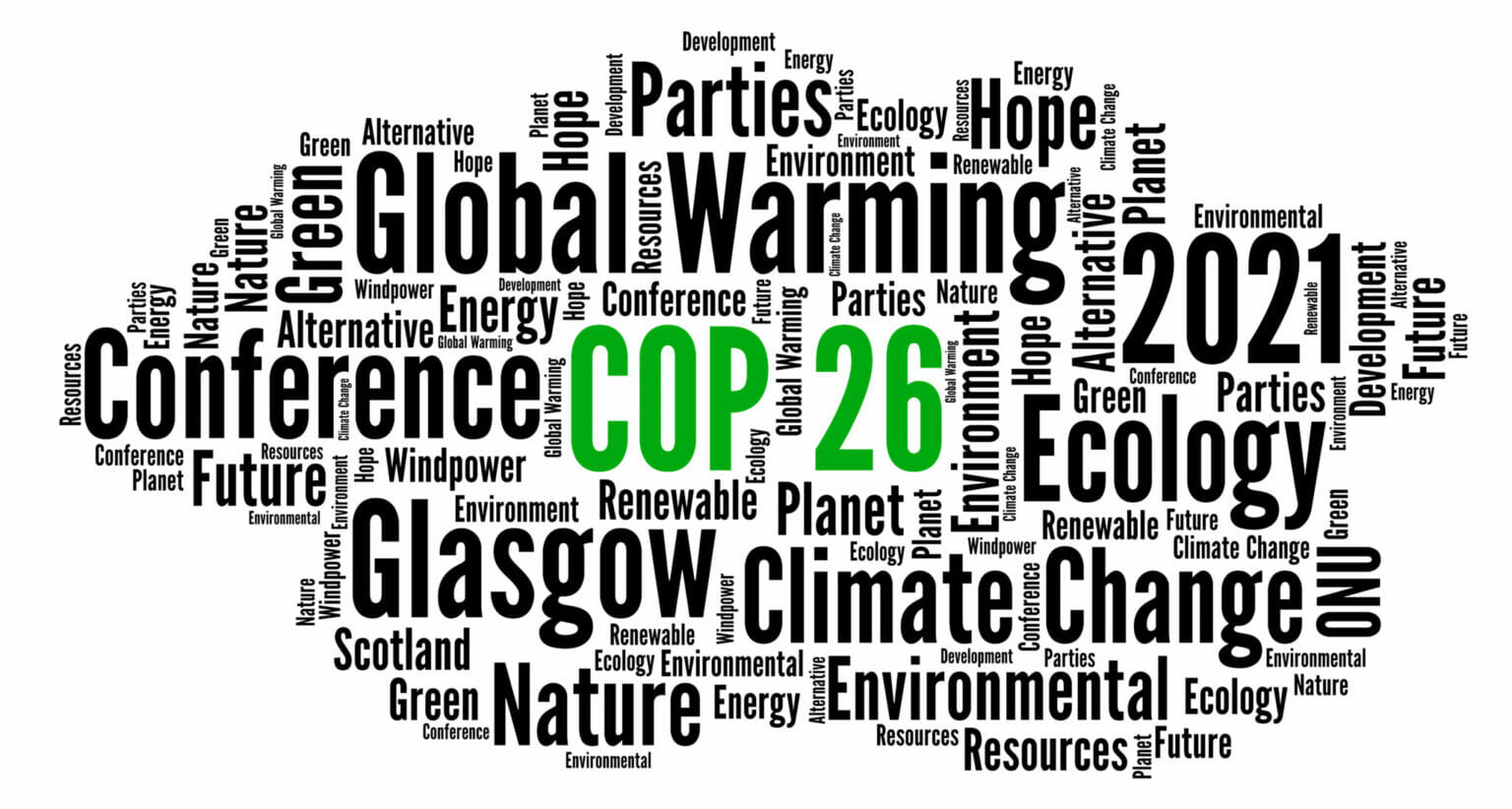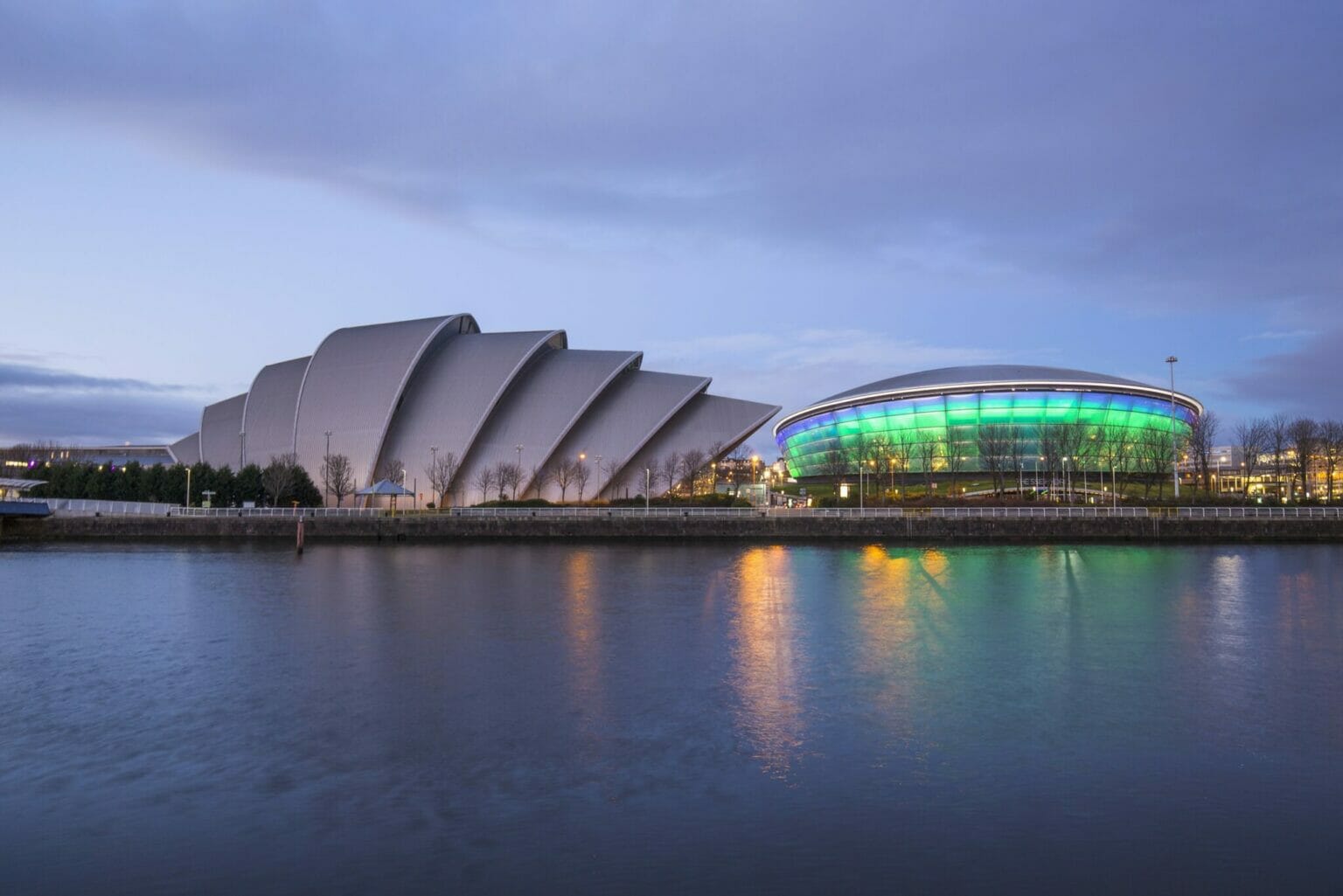Covering Climate Now is excited to announce our next joint coverage week, “Code Red: Countdown to COP26,” October 31 to November 6. This corresponds with the first week of the COP26 UN climate summit in Glasgow, which experts say will go a long way to determining humanity’s climate future. Between now and then, CCNow has a wide range of plans to help journalists prepare, including CCNow newsmaker interviews with COP26 president Alok Sharma and other world class climate leaders that we’ll announce soon.
COP26 represents a “last best chance” for humanity to get climate right, Sharma said recently. It’s vital that journalists everywhere help audiences understand what’s at stake in Glasgow: world leaders either agree on a credible plan to rapidly end fossil fuel consumption of fossil fuels, or humanity risks further and potentially irreversible climate destruction.
Plans for the Week
During CCNow joint coverage weeks, hundreds of our partner outlets are invited to boost the climate story’s profile. CCNow’s partners include some of the biggest names in news, as well as smaller outlets, from more than 50 countries. When we all up our game during these joint weeks of coverage, we can make quite a splash.
During COP26, climate change will already be in your daybooks. But given the meeting’s significance, coverage should go beyond the routine to make the gravity of this moment — the future of life on earth — plain to everyone. Our joint coverage week’s framing question is “What’s at stake?” To answer that question we recommend three themes detailed below: the imperative of 1.5 degrees Celsius, climate justice, and political solutions and barriers.
Throughout the week, all CCNow partners are invited to publish, free of charge, regular news reports by Mark Hertsgaard, CCNow’s executive director. Hertsgaard, who has been covering UN climate summits since the landmark 1992 Earth Summit in Rio de Janeiro, will also be in Glasgow for the final week of the summit, November 5 to 12, where he will continue filing reports that CCNow partners can publish.
Also as part of our joint week, several CCNow partners are collaborating on a special climate migration package, highlighting climate-driven displacement around the world. Participants thus far include AFP, Al Jazeera, VICE, The Times of India, The New Zealand Herald, and Indian Country Today.
We’ve spoken with many partners already about their COP26 coverage plans. If we haven’t connected with your newsroom yet, please be in touch to let us know what you have planned. We’ll be delighted to answer any questions you might have and, as always, to help amplify your coverage upon its release!
Press Briefings
To help fellow journalists get up to speed on the key issues at COP26, CCNow has joined with our partner Climate Central to present two on-the-record press briefings with superb expert panels. If you missed the first one, focused on issues of science, politics, justice, and climate solutions that will arise at the summit, a video and transcript are available here.
During the week of October 18, we’ll host a second briefing, focused again on COP26 and smart angles for telling the story. Look for an email soon with details and your chance to RSVP.
COP26 Explainer
Need a quick primer on COP26? CCNow recently released an explainer reviewing why this climate summit is of such historical significance and the issues on the table in Glasgow. Whether you’re covering COP26 in person or remotely via video link, or if you just want to know more, our explainer is designed to help you — and your audiences — understand what’s at stake this November. Check it out…
Recommended Themes
COP26 is a story that newsrooms can and should begin telling now, just like they would cover the runup to a major election. We recommend special focus on these three themes:
-
The most important number at COP26 is 1.5. Global temperature rise of more than 1.5 degrees C risks irreversible humanitarian and ecological catastrophe; 2 degrees C invites unimaginable suffering. We’re at 1.1 degrees C now, making rapid change essential. How do leaders’ plans square with incontrovertible science?
-
Climate justice is both imperative and self-interested. The rich have emitted vastly more heat-trapping gases than the poor, but the poor suffer most from the impacts. Developing nations are demanding that their wealthy counterparts honor Paris Agreement promises to support their climate resilience and mitigation efforts, and the 1.5 degrees C target will be unreachable without such aid.
-
Solutions abound — but so do political barriers. The technologies necessary to slash emissions in half by 2030 and keep the world on track for 1.5 C exist. But only the most powerful global actors can implement these solutions at the speed and scale needed. Powerful interests — especially in the US, China, Russia, and Brazil — stand in the way. Unrelenting accountability is key.
COP26 has implications for every person on Earth, so wherever possible we encourage you to localize these stories for your audiences. CCNow is here to help. Email us at editors@coveringclimatenow.org


